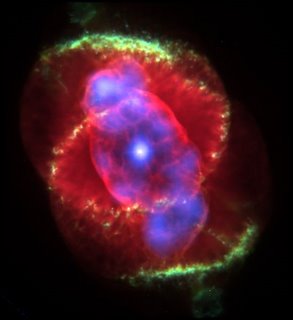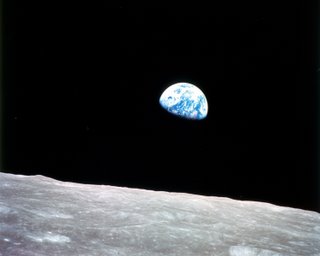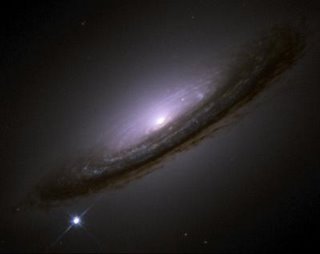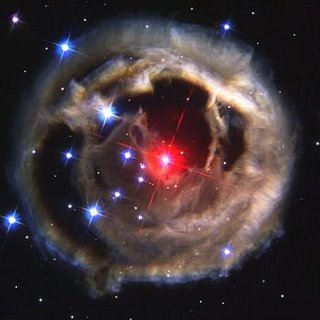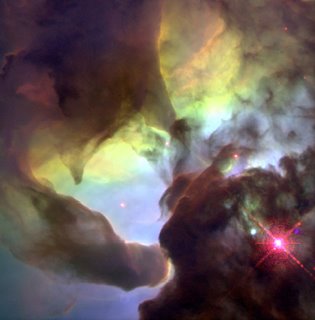Here's an interesting article on the power of the 'nudge' from the Sunday Times.
Politicians are devouring a book called Nudge, written by two American academics, Richard Thaler and Cass Sunstein, which demonstrates how "thoughtful choice architecture can be established to nudge us in beneficial directions without restricting freedom of choice". That is, by knowing how people think, we can design 'choice environments' that make it easier for people to choose what is best for themselves, their families, and their society.
 The article mentions one example of this type of 'choice environment' - an ingenious little gadget called the Wattson which displays the amount of electricity you are using through colours and numbers, thus encouraging users to reduce the amount they use.
The article mentions one example of this type of 'choice environment' - an ingenious little gadget called the Wattson which displays the amount of electricity you are using through colours and numbers, thus encouraging users to reduce the amount they use.
...Realising that financial incentives and penalties such as green taxes had a limited effect on behaviour, Schultz set out to analyse how the energy usage of 300 people in San Marcos, California, could be changed for the better by invoking social norms.
He arranged for the participants to be told on their energy bills what the typical usage in the area was.
"Telling people what others are doing does tend to have an effect," he said. "But there are instances where it can boomerang – if you are using less energy than your neighbours, say by making a sacrifice by not running your air-conditioning, you can feel like a sucker." The result: your energy consumption goes up, not down, to meet the norm.
...Schultz’s solution was to add a little nudge. Some of the participants in his study had a smiley face added to their bill if they used less energy than the norm and a sad face if they used more. The results were startling. Among the participants receiving the emoticon, the boomerang effect completely disappeared. High users reduced their consumption by even more and low users kept their own down.
Disarmingly simple. So simple, in fact, that you wonder why no one's done it before!
Or, what about this "clever use of choice architecture [to] find a middle way for organ donation":
... "We quite like the idea of ‘mandated choice’ in this context," he said. This does not involve any presumption of opt-in or opt-out. Instead it requires people to make a deliberate choice by tacking the process onto something else, such as applying for a driver’s licence or a passport. That solves the problems of both our inertia and bias in the system.
You can see why the politicians are interested in this stuff. Something so simple is surely worth a try? But, as the article states, "it sounds too good to be true. Is it more wishful thinking than sensible policy? Can social norms really change our behaviour?"










